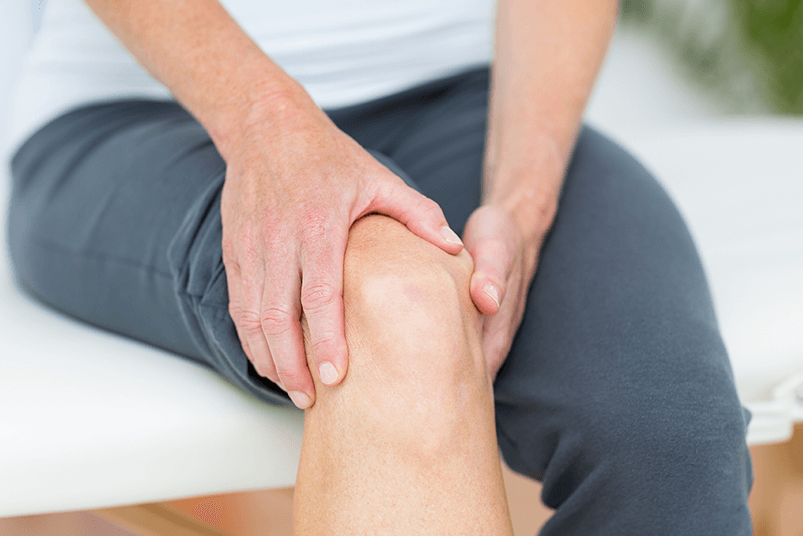BURTSITIS

Our joints contain small, slippery sacs called bursae that help muscles and tendons slide smoothly over our bones. Bursitis is the inflammation (swelling) of one of these sacs. Overuse or constant pressure on the knee causes the bursa to fill with fluid. It then becomes irritated, gritty and rough, and can create friction in other parts of the joint as it swells.
Two common sites for bursitis in the knee are the kneecap (prepatellar bursitis) and the pes anserine (“goosefoot”) bursa, located about two inches below the knee where the shinbone meets three tendons from the hamstrings. Pes anserine bursitis often afflicts runners and other athletes as well as people with osteoarthritis (“wear and tear” arthritis), tight hamstrings, obesity, or turned-out knees or lower legs. Symptoms include pain on the inside of the knee or at the top of the shinbone that gets worse with exercise or stair-climbing. Prepatellar bursitis tends to occur in people whose jobs involve long periods of kneeling, who play sports that frequently involve falling or being struck on the knee, who have been in a car accident, or who have rheumatoid arthritis or gout. Symptoms include pain after activity and swelling and tenderness on the kneecap.

